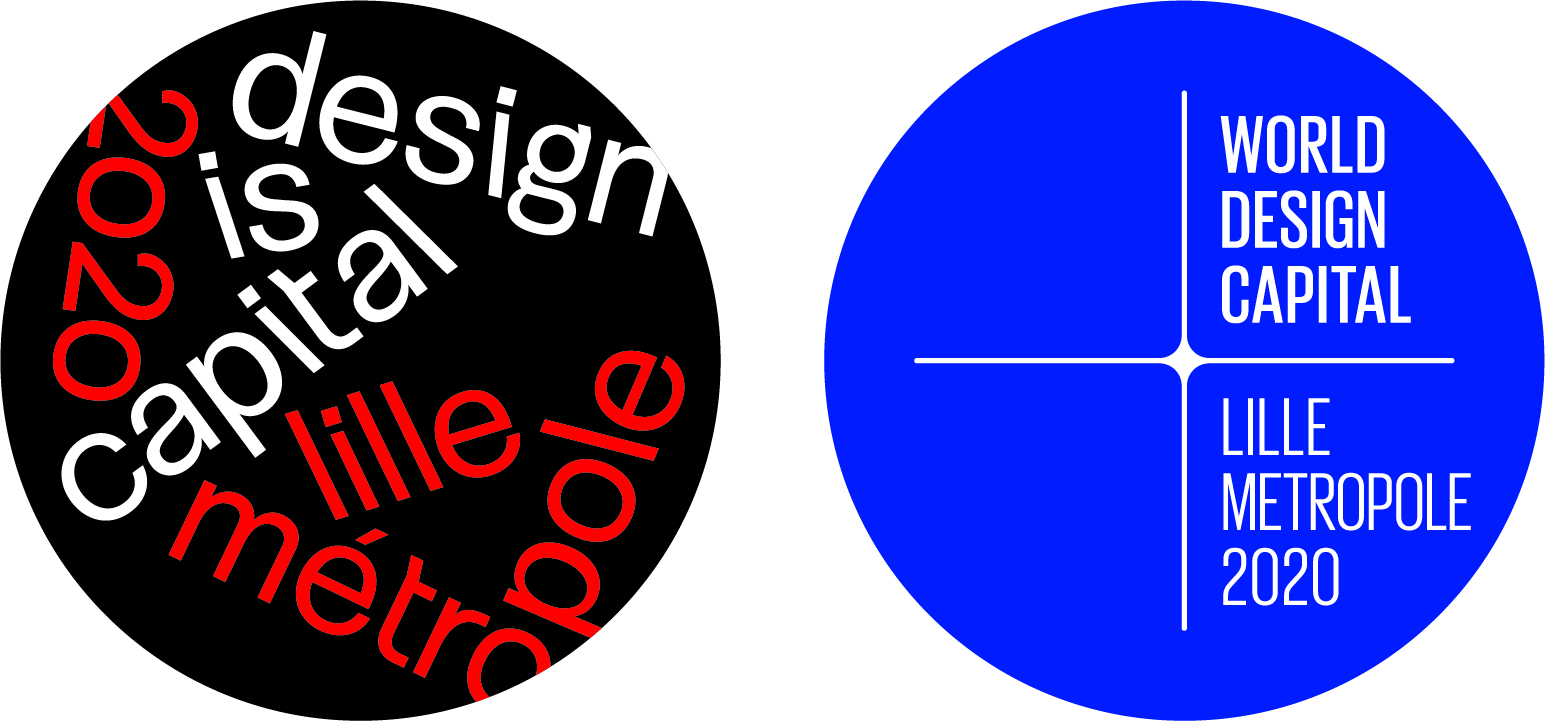Tour of the exhibition
General rehearsal
The Maison POC is an invitation to explore a show of the collaborative city, still in the making
The Maison POC Collaborative City stages a large design worksite to explorehow collaborationarises, how citizensexperimentnew ways of living together, how citiesreinventand build themselvescollectively. It is like a performance venue “in adjustment”. The POC are still being elaborated. They are getting readyto go on stage, to “prove their value”.In the backstage, there isdarkness and underthe spotlight… everything is still under preparation, everything is still possible…
Visitors will be welcomed in compliance with the health standards in force at the beginning of September and invited to a 6-section journey:
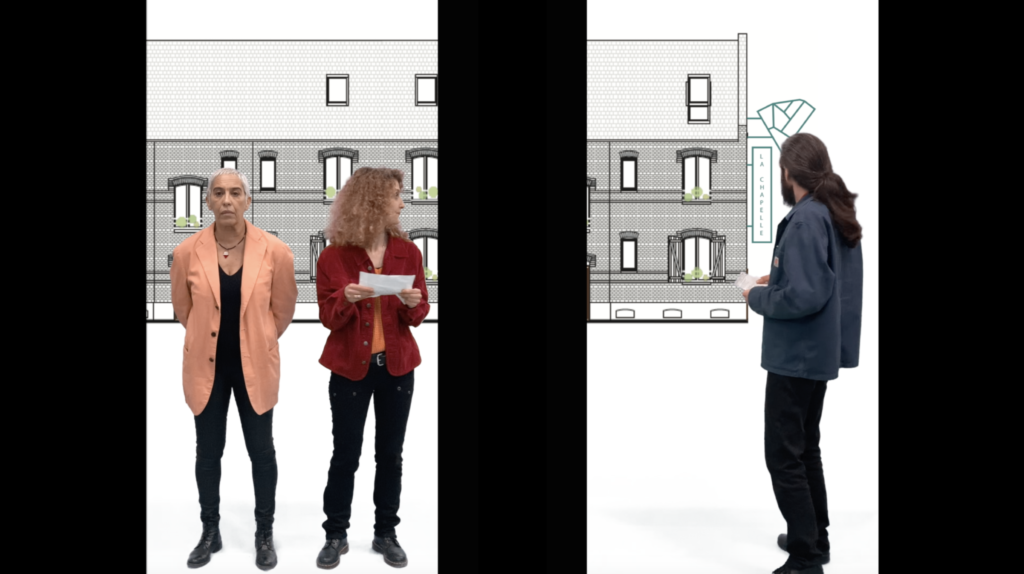
© Maison POC Collaborative City
#1 DESIGN SHOWS
Design in the collaborative city staged through narratives, testimonies and stories
Collaborative design involves mixing alterities, crossing flows, creating convergence, addressing common interests… The process of a project, of citizen deliberation and co-construction between stakeholders, are as essential as the final outcome. The Maison POC Collaborative City borrows its form from street performance, forum theater and the performing arts, in order to reveal the true value of this kind of design that listens to people, collects testimonials, questions our needs, transforms ideas into narratives and communicates solutions through stories.
#2 DEMOCRATIC DESIGN
Values and tools for participative, inclusive, sustainable and resilient design
Beyond politics, intellectual debates and governance, democracy also takes place in our daily life. The design of everyday products and services can encourage mutual listening, generate atypical crossovers, increase socio-diversity, provide tools for exchange, create synergies, foster inclusion and, ultimately, contribute to increasing the diffuse level of democracy in our society.
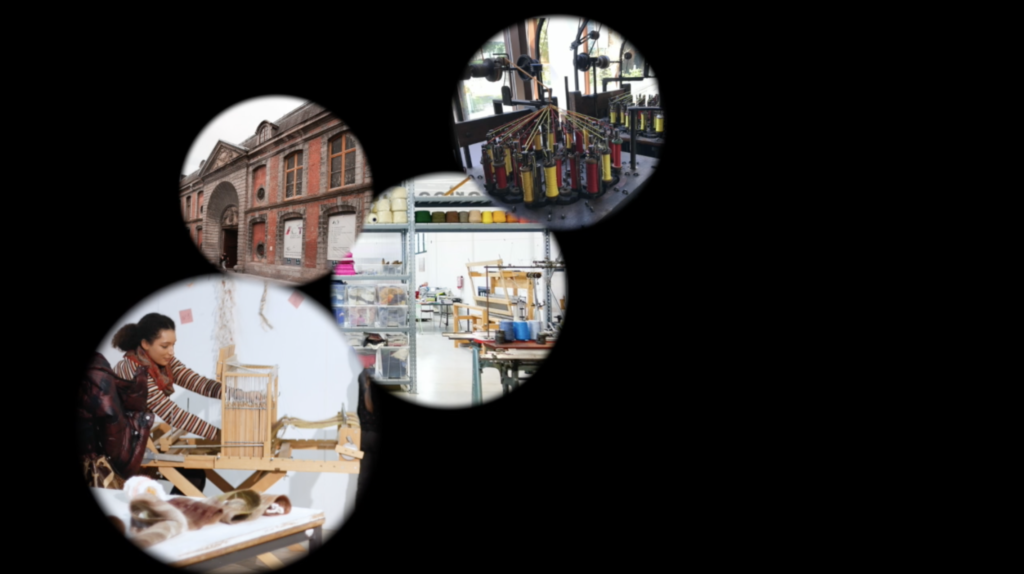
© Maison POC Collaborative City
#3 LOOKING FROM FAR AND FAR AHEAD
Is it possible to transfer practices from one city to another? Can design experiments inspire local stakeholders?
In order to show how cities can be collaborative, Maison POC hosts projects from other European cities that belong to the URBACT Network, which promotes free exchange of sustainable practices and triggers mutual inspiration between European cities. It also hosts a selection of research projects from schools and universities, all part of the DESIS Network of Design for Social Innovation and Sustainability, which explores how, following the pandemic, the collaborative city might reinvent itself. These projects, from here and abroad, resonate well together, reinforce each other and suggest many emerging trends.
#4 NOTHING FOR ME WITHOUT ME!
Local communities, businesses and civil society experiment co-creation through design
Participatory design processes that actively involve stakeholders are typical design approaches, now becoming common practice in projects within public or private actors and citizens: nothing that concerns me should be carried out without my personal involvement! This general shift in how projects are being developed manifests itself in the hundred POC from the Maison POC Collaborative City. It contrasts with other practices too often criticised as being imposed or with top-down hierarchical processes, completely cutting off stakeholders and utterly disconnected from users!
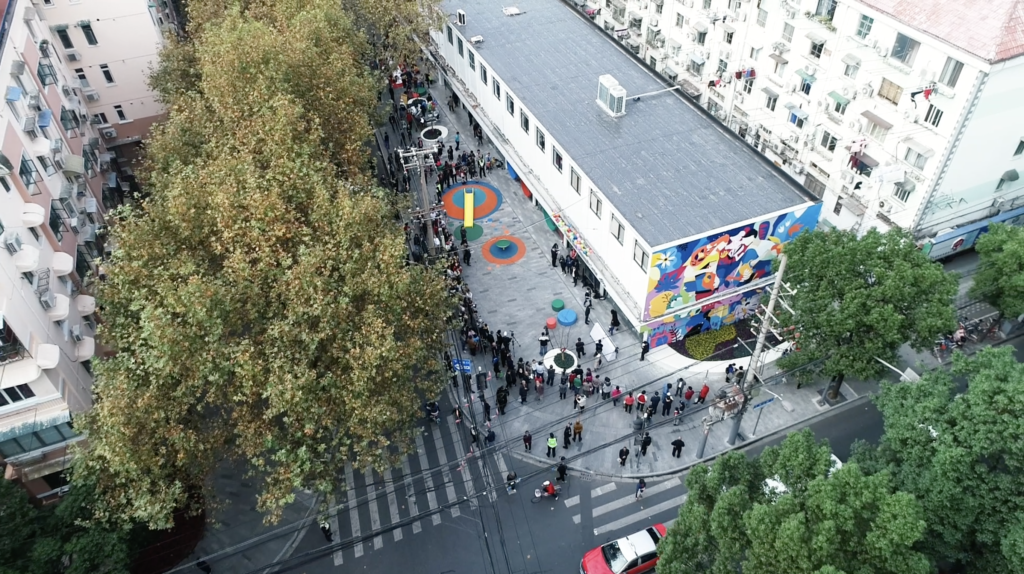
© Tonji University
NICE 2035 LIVING LINE …in Shanghai, Tonji University has set up a design campus outside the walls. The “prototype street” in the popular Siping district is an entire street hosting not only university premises but also private actors who work with the surrounding population to co-develop, prototype and test new products and services.
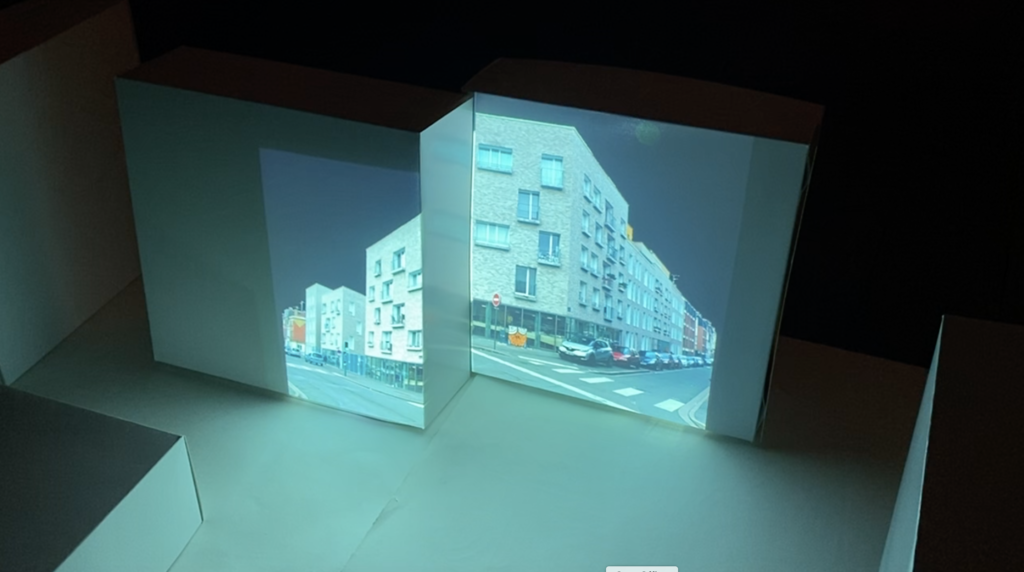
© Maison POC Collaborative City
#5 MAKING SOCIETY
A scale model to project ourselves everyday into a more collaborative city
The POC from here and abroad can be considered incentives for the transformation of our society, in desperate need of inspiring visions. The Maison POC Collaborative City invites everyone to question their own lifestyle, to “shop around” for new ideas in the multiple POC, choose sustainable and inclusive solutions and reimagine their own way of living. By projecting themselves into the scale model, visitors make their own proofs of concept: “What would my life look like if my city was more collaborative?”
#6 PUTTING THE COLLECTIVITY BACK IN THE MIDDLE
(Re)inventing collaboration in the city beyond social distancing
The health crisis challenges collaboration severely: everyone is considered a potential risk, mutual aid cannot exceed the regulatory one meter fifty, social distance hinders socialisation… Voices from all around the world interrupt visitors in their lonely journeys in order to put themback into the collectivity. They question the urgency of the crisis,the transition to a new normality. They combine initiatives, projectsandscenarios of more resilient and sustainable cities, for which the crisis confirms the urgency. And they unravel how the imperatives of an urgency open up, perhaps, also exciting new perspectives.

© Nicolas Lee
